With Covid-19 very much on everyone’s mind these days we fully understand the need to employ new and different ways to defend against coronavirus in doctor’s surgeries, hospitals, clinics, hotels, restaurants, offices, venues, gyms and leisure facilities. With this in mind this article looks at Ultraviolet Germicidal Irradiation (UVGI) and Electrostatic Precipitators (ESP) air purifiers. What they are, what they do and how they work to combat coronavirus.
Let’s start with some information on Ultraviolet light.
What is Ultraviolet Light?
Ultraviolet light is a type of electromagnetic radiation which comes from the sun and is transmitted in waves at different wavelengths and frequencies. These wavelengths are known as the Electromagnetic (EM) spectrum and range from around 10nm to 400nm. Ultraviolet (UV) light falls between visible light and X-rays, is present in sunlight and makes up around 10% of the total electromagnetic radiation output from the Sun. UV light invisible to the naked eye is classified into three primary types of ultraviolet light defined by their wavelength.
UV-A has a wavelength of 315-399 nanometers. UV-B wavelength is 280–314 nanometers and UV-C is 100–279 nanometers.
Long wavelength UV light (UV-A) is not an “ionising radiation” as it’s photons don’t carry sufficient energy to detach electrons from atoms or molecules, thereby ionising an atom or a molecule however it can cause chemical reactions e.g. causing some substances to glow or fluoresce through its interactions with organic molecules. UV-A is not absorbed by the Earth’s ozone layer and can result in aging skin if there is excessive exposure to it. UV-A light is emitted by things like tanning beds and “blacklights”.
Short wave UV light, UV-B is partially absorbed by the ozone layer, can damage DNA. In the case of humans UV light can give you a suntan or through longer exposure, sunburn, which can lead to an increase in the risk of cancer. UV-B is also the ultraviolet light responsible for simulating Vitamin D production which is responsible for regulating the amount of calcium and phosphate in the body, needed for healthy, strong bones, teeth and muscles. UV-C is completely absorbed by the ozone layer and oxygen and can convert oxygen into ozone. It’s also the UV light that carries the most energy. As a consequence prolonged exposure to UV-C light can cause eye and skin damage and sterilise any surface that it comes into contact with.
The History of UV-C Light “Disinfection” and Purification
Arthur Downes and Thomas P. Blunt were the first to discover that sunlight could “impede” the development of bacteria. They published a scientific paper in the 12 July 1877 issue of Nature, called “The Influence of Light Upon the Development of Bacteria” which claimed short-wavelength light could harm and sterilise bacteria. They went onto show that the effectiveness of light in neutralising bacteria was dependent on the intensity, duration, and wavelength of the light used.
Other evidence to show how UV light was important in killing germs and bacteria dates back to 1910 in Marseille, France, where it was shown that drinking water and waste water could be treated with UV light. UV water treatment systems were adopted by Austria and Switzerland in 1955. By 1985 there were around 1500 UV treatment plants across Europe being used to sterilise water. In 1988 Bukhari et al. carried out research to test UV light on protozoa such as Cryptosporidium parvum and Giardia lamblia and were able to show that UV light could inactivate the parasites by destroying nucleic acids and disrupting their DNA, leaving them unable to perform vital cellular functions; something that had previously been thought to be unlikely. This research then opened up the wide scale use of UV water treatment in North America and by 2001 there were over 6000 UV water treatment plants in operation across Europe.
Over the years there has also been numerous research papers published looking at the use of UV-C light in maintaining hygiene, in sterilising work environments and in killing harmful micro-organisms, pathogens and bacteria including “Evaluation of an Ultraviolet C (UVC) Light-Emitting Device for Disinfection of High Touch Surfaces in Hospital Critical Areas“; “UV Disinfection Drinking Water Treatment” and a patent for a Ultraviolet Sanitation Device by US inventors Bruce F. Field, Thomsen et al. and Joseph L. Pouliot published in October 2011.
Since the mid 20th century UV light as a disinfection method, has been widely accepted and used to sterilise drinking, wastewater, food, in the medical sector and other workplaces which need to be kept sterile. More recently with the prevalence of Covid-19 research is being carried out on e.g. “Ultraviolet LEDs prove effective in eliminating coronavirus from surfaces and, potentially, air and water”, “A safer UV light effectively kills virus causing COVID-19, study shows”, “Ultraviolet Light Fights New Virus” and “COVID-19: UV radiation and infection control”.
Why Not Just Use Chemicals?
As we know there are a number of chemicals that have been and continue to be used to disinfect and kill bacteria and viruses including coronavirus e.g. bleach. However these chemicals can be very harsh and can in fact harm the thing they are meant to clean. As an example electronics can be damaged and paint and plastic can dissolve or be disfigured. Bleach gives off harmful fumes and can affect respiratory systems causing or exacerbating conditions like asthma.
Chemicals can also linger in the air until they dissipate or evaporate. In comparison UV light can disinfect without the need for harsh solutions and doesn’t leave behind a chemical residue.
As outlined above UV light has been used to disinfect water and surfaces. The next logical question is can UV light have an impact on air purification and in protecting against Covid-19?
Air Purifiers
Air purifiers fall into two categories: those which use filters and those which “sanitise”. In some cases both types are used within the same unit.
Filters improve indoor air quality by filtering out dust, pollen, spores etc. Sanitising air purifiers kill bacteria, viruses, mould and other spores. The most common type of sanitising air purifiers use UV-C light.
How Do Ultraviolet Germicidal Irradiation (UVGI) Air Purifiers Work?
UVGI air purifiers use short-wavelength ultraviolet UV-C light and can produce strong enough UV-C light in both circulating air or in water systems to make them inhospitable to bacteria, viruses and moulds and as previously mentioned, by killing or inactivating microorganisms by destroying nucleic acids and disrupting DNA. As air is forced through the air purifier, it passes UV lamps, which directly attempt to disinfect the air by means of germicidal irradiation. The principal mode of inactivation occurs when the absorption of a photon forms pyrimidine dimers between adjacent thymine bases and renders the microbe incapable of replicating.
When combined with other forced air systems and filtration devices UVGI air purifiers can be a potent combination in “disinfecting” workplaces. One such system which is used in combination with UVGI is Electrostatic Precipitation (ESP) air filtration.
What is Electrostatic Precipitation?
The basic idea of electrostatic precipitation (also known as “Cottrellizing”) was first discovered by Dr Frederick Cottrell in 1906 when looking at the production of sulphuric acid. During the production process arsenic was produced which poisoned the catalyst. Having found a method of removing the arsenic Cottrell had to find a way to precipitate the purified sulphuric acid. Cottrell experimented by passing an electric charge through the sulphuric acid “mist”, which caused it to migrate to the oppositely charged electrode where it could be collected.
In 1907 Cottrell filed a US patent 895729A: Art of separating suspended particles from gaseous bodies which described how high voltage electrodes could be used to clean fumes and dust in factories. In the same year Cottrell formed the International Precipitation Company to license his invention. The first large-scale precipitator was built in 1911. Cottrell went onto work with Dr Oliver Lodge and German Dr Erwin Moeller to develop and market the technology worldwide.
Electrostatic Precipitators (ESP) Air Purifiers
Electrostatic precipitation which is used in electrostatic precipitators (also known as air scrubbers) works to remove particles like dust and smoke from the air by applying an electrostatic charge.
As the air (and dust particles) move past wires that carry a high negative direct current (DC) voltage they pick up a negative electrostatic charge. A positively charged plate (collecting plate) attracts the now negatively charged particles where they are “collected” and retained. The plate is regularly tapped or shaken (known as rapping) to remove the particles for disposal. State of the art electrostatic precipitators can remove over 99% of all particulates.
UVGI and ESP Dual Air Purifiers
With a combination of UK manufactured UVGI and ESP technologies a dual UVGI and ESP air purifier can offer optimal air purification suitable for large spaces. One lone unit can cover an area with a capacity of 80-120 sq metres. The unit can be mobile or retrofit into existing HVAC systems. These systems are suitable for a range of workplaces including open plan offices, hotels, restaurants, leisure facilities, shopping centres and hospitals.
Retrofit or New UVGI and ESP Air Purifiers?
For those businesses that already have an air conditioning system we can retrofit UVGI air purifiers within your ventilation ducts or air conditioning unit. Retrofitting UVGI air purifiers into an already existing HVAC system is discrete and will not take away from the aesthetic of your business place.
Alternatively if your business does not have an HVAC system in place we can fit dual UVGI and ESP technology air purification. Where required air purifiers can be mobile, mounted on wheels, enabling your air purifier to be easily moved to where it is required. A mobile solution gives you the flexibility to use an air purifier wherever you business needs it.
An added advantage is that with these units do not require replacement filters. Instead the components which are made of metal can simply be cleaned by a professional engineer. This can be done alongside the replacement of the air purifier UV-C lamps.
For larger facilities and workplaces such as hospitals, shopping centres, hotels and leisure facilities a monitoring system can be installed to provide a local alarm or a Building Management System (BMS) which will identify where the fault lies within the air purification system.
Choosing the Right Air Purifier For Your Business
When it comes to choosing the right air purifier for your business it’s important to understand your existing system and its air handling capacity. In order to ensure the right decision is made Synecore can provide professional advice. We carry out a full site inspection of your business premises and then put together a solution which fully takes into account your business needs.
Maintenance Packages For Your Air Purifier
In order to ensure your air purifier or HVAC system is performing at its most efficient Syncore offer comprehensive air conditioning maintenance and servicing programmes including Planned Preventative Maintenance (PPM) to suit your business and the size of your premises.
As part of the air conditioning service you will receive scheduled visits throughout the year, as frequently or as little as required – be it once a month, once every couple of months or just once a year to keep your system efficient and F-GAS compliant. You’ll also benefit from our priority emergency call out service should your air conditioning breakdown and need repair between scheduled visits. Our engineers will carry out any necessary repairs or replacements to ensure that disruption to your business is kept to an absolute minimum.
By having a PPM package in place you can be sure that if your air conditioning or air purifier breaks down your equipment will be back up and running as quickly as possible. In fact our PPM package is more likely to detect a fault before it becomes an issue preventing any downtime at all.
To find out how Synecore can help get in touch with our head office in Sittingbourne, Kent for more information and to discuss your air conditioning requirements and to arrange your free no obligation quotation at your convenience. Call us 01795 509509, get in touch via our contact form or chat with us via our chat form.
Subscribe to our newsletter!
Contact us
0845 241 4953
sales@synecore.co.uk
Archives
- January 2024
- December 2023
- November 2023
- October 2023
- September 2023
- August 2023
- July 2023
- June 2023
- May 2023
- April 2023
- March 2023
- February 2023
- January 2023
- December 2022
- November 2022
- October 2022
- September 2022
- August 2022
- July 2022
- June 2022
- May 2022
- April 2022
- March 2022
- February 2022
- January 2022
- December 2021
- November 2021
- October 2021
- September 2021
- August 2021
- July 2021
- June 2021
- May 2021
- April 2021
- March 2021
- February 2021
- January 2021
- December 2020
- November 2020
- October 2020
- September 2020
- August 2020
- July 2020
- June 2020
- May 2020
- April 2020
- March 2020
- February 2020
- January 2020
- December 2019
- October 2019
- September 2019
- August 2019
- July 2019
- June 2019
- May 2019
- April 2019
- March 2019
- February 2019
- November 2018
- October 2018
- September 2018
- August 2018
- July 2018
- May 2018
- April 2018
- March 2018
- February 2018
- January 2018
- December 2017
- October 2017
- August 2017
- June 2017
- April 2017
- March 2017
- February 2017
- January 2017
- December 2016
- November 2016
- October 2016
- September 2016
- August 2016
- July 2016
- May 2016
- April 2016
- March 2016
- February 2016
- January 2016
- December 2015
- November 2015
- October 2015
- September 2015
- July 2015
- June 2015
- May 2015
- April 2015
- September 2014
- August 2014
- July 2014
- June 2014
- April 2014
- March 2014
- February 2014
- January 2014
- December 2013
- November 2013
- September 2013
- August 2013
- July 2013
- June 2013
- April 2013
- March 2013
- February 2013
- January 2013
- December 2012
- November 2012
- October 2012
- September 2012
- August 2012
- July 2012
- June 2012
- May 2012
- April 2012
- March 2012
- February 2012
- January 2012
- December 2011
- November 2011
- October 2011
- September 2011
- August 2011
- July 2011
- June 2011
- May 2011
- April 2011
- March 2011
- February 2011
- January 2011
- December 2010
- September 2010
- July 2010
- June 2010


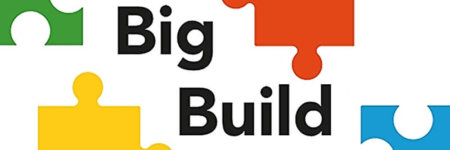
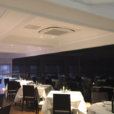





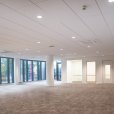
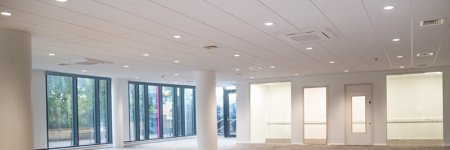
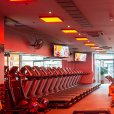
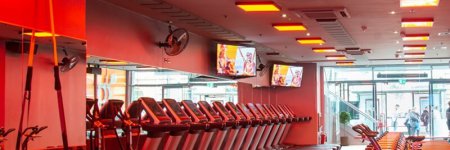


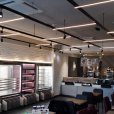





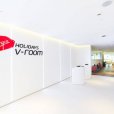
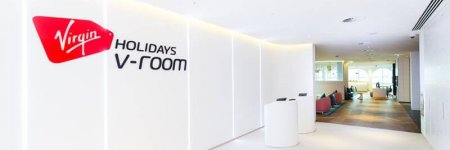




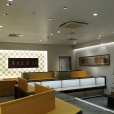
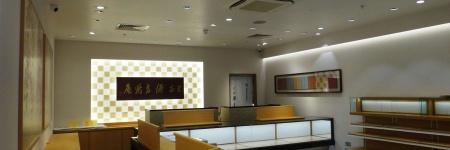
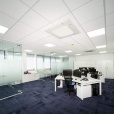
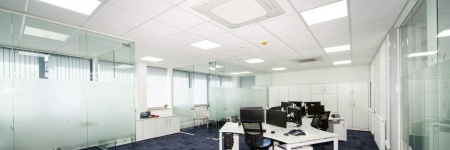


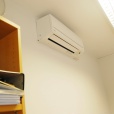
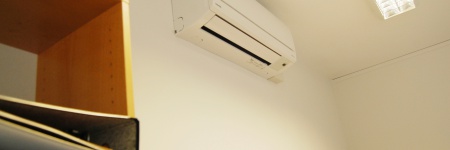

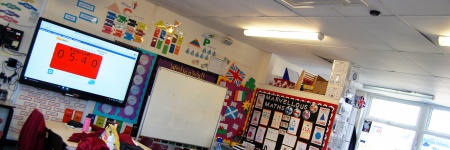
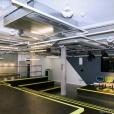
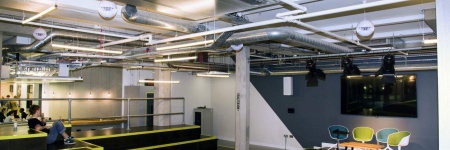
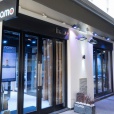
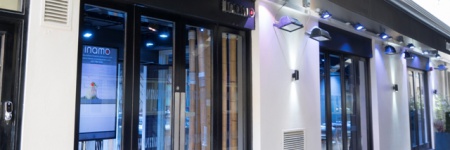
Recent Comments